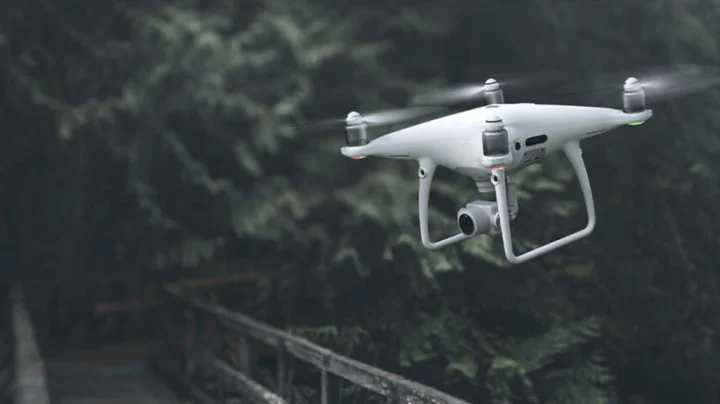The F-22 and F-35 stealth aircraft are designed to evade conventional radar systems but can be detected from space. Chinese scientists used Starlink satellite signals to detect these stealthy targets during a radar experiment in the South China Sea.
Starlink becomes a "allied" constellation of China?
The US satellite internet network could be being used for "other purposes" In the experiment, a DJI Phantom 4 Pro drone was used to simulate a stealth aircraft. The drone's radar cross-section looked like the trail of a real stealth fighter. But instead of relying on ground-based radar, the drone was detected by analyzing electromagnetic signals from a Starlink satellite flying over the Philippines.
The detection method is based on forward scatter, in which an object such as an airplane or a drone passes through the satellite's electromagnetic waves and causes small disturbances in the signal that are recorded and analyzed to determine its location.
The technique does not require the radar to emit signals, making it difficult for an adversary to detect or jam. The experiment revealed small details of the drone, including the movement of its propellers, despite challenges such as a small antenna and low altitude.

Os researchers used an undisclosed algorithm and an unidentified high-performance processor to process the signals they picked up. Although the method is still under development and not ready for military use, the technology shows potential for detecting aerial targets.
The "dark" side of technology above our heads
With more than 6,000 satellites in orbit, Starlink satellite network is a huge source of high-frequency signal emission to provide broad coverage.
Although these signals are encrypted and inaccessible to customers in China, the research team was able to build a receiver using off-the-shelf components to capture and process the data needed for the experiment.
Stealth drones avoid radar detection by using special materials and shapes to reduce the reflection of electromagnetic waves. Typically, drones are too small to be detected by conventional radars. However, a Chinese experiment has shown that using third-party satellite signals can help bypass these measures, allowing these aircraft to be detected regardless of their design.
The experiment is part of China's efforts to strengthen its ability to combat aerial threats.
Source: pplware.sapo.pt


